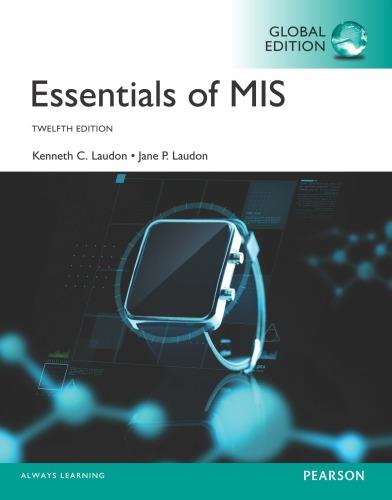1. You work for the Bureau of Economic Analysis (BEA) of the U.S. Department of Commerce. Your supervisor gives you the following U.S. International Transactions Accounts for the Year 20XX (figures are in billions of dollars) and wants it reported in a coherent fashion in accordance with accepted conventions:
Investment income payments (27.3); Export of goods 80.6; Balance of services 5.1; Capital outflow (44.5); Imports of goods (110.9); Change in Official Reserves 2; Investment income receipts 24.7; Capital inflow 73.6; Net unliteral transfers (3.3).
(a)He wants you to compute the balances of trade, current account, capital account and statistical discrepancy.
(b)He also wants you to find out (based on your calculation) if the U.S. is a net debtor or a net creditor.
EXAMPLE:
The Balance of Payments The Balance of Payments is a record of a country's trade in goods, services, and financial assets with the rest of the world. SIMPLIFIED U.S. BALANCE OF PAYMENTS FOR 20XX (IN BILLIONS) DEBIT CREDIT A. CURRENT ACCOUNT EXPORTS OF GOODS AND SERVICES 249 2 IMPORTS OF GOODS AND SERVICES -409 BALANCE OF TRADE OF GOODS AND SERVICES 160 INVESTMENT INCOME RECEIPTS 103 INVESTMENT INCOME PAYMENTS -83 6 BALANCE OF INVESTMENT INCOME 20 7 BALANCE OF UNILATERAL TRANSFERS 14 8 CURRENT ACOUNT BALANCE -154 B. CAPITAL ACCOUNT 9 CAPITAL INFLOW 211 10 CAPITAL OUTFLOW 85 11 CAPITAL ACOUNT BALANCE 126 12 STATISTICAL DISCREPANCY 19 13 U.S. OFFICIAL RESERVES 9 COMPUTATIONS OF DIFFERENT BALANCES BALANCE OF TRADE OF GOODS AND SERVICES = 1+ 2 BALANCE OF INVESTMENT INCOME =4+5 CURRENT ACOUNT BALANCE =3+6+7 CAPITAL ACOUNT BALANCE = 9+ 10 STATISTICAL DISCREPANCY = 8+11 + 13 DEBIT=591 AND ECREDIT=591 572+19 (statistical discrepancy)] Table Descriptions Row 1: Exports of goods and services US goods and services sold to foreigners. It is a credit in the US international accounts because it represents a demand for dollars and a supply of foreign currency. Row 2: Imports of goods and services Foreign goods and services bought by US citizens. It is a debit in the US international accounts because it represents a demand for foreign currency and a supply of dollars. Row 4: Investment Income Receipts Dividends, interests, and rents received by US citizens from foreigners. It is a credit in the US international accounts because it represents a demand for dollars and a supply of foreign currency. Row 5: Investment Income Payments Dividends, interests, and rents paid to foreign holders of US securities. It is a debit in the US international accounts because it represents a demand for foreign currency and a supply of dollars. Row 7: Balance on Unilateral Transfers Includes government aids, individuals gifts. It is a debit in the US international accounts because it is a transaction where one party gives something but gets nothing in return. It represents a demand for foreign currency and a supply of dollars. Row 9: Capital Inflow It Includes purchases of domestic assets (stocks, bonds,...) by foreigners and represents overseas investment in the U.S. It is a credit in the US international accounts because it represents a demand for dollars and a supply of foreign currency. Row 10: Capital Outflow It includes purchases of foreign assets (stocks, bonds,...) by US citizens and represents US overseas investment. It is a debit in the US international accounts because it represents a demand for foreign currency and a supply of dollars. Row 12: Statistical Discrepancy It represents errors and omissions in international transactions and allows total debit to equal total credit. By principles of double-entry bookkeeping, a country's balance on current account and capital account and the change in government's official reserves should be equal to zero. But in practice it is never zero because of measurement errors. Row 13: Official Reserves It includes reserves of gold, convertible foreign currencies and credit with the IMF (allocations of Special Drawing Rights (SDR) or paper gold). The changes in the external reserves reflect the change in the overall balance of payments. Those changes are normally the consequences of the operations of the goods and services and transfers as well as the capital account. The chief objective of maintaining external reserves is to make sure that the country is able to meet all payments which have to be made to non-residents arising from international transactions. If foreign exchange receipts are equal to foreign exchange payments, then there is no need to hold reserves Problems with the balance of payments arise when a country is losing international reserves of gold and convertible foreign currencies so persistently and rapidly to the point where these reserves are fully exhausted







